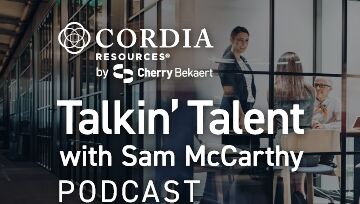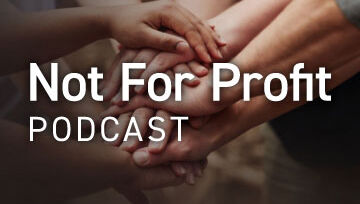Speaker: Jeannine Brown, Managing Director | Everyday Lead
Each year, our Not-for-Profit Seminar hosts a number of relevant topics, provides timely insights and poses questions and considerations to takeaway for your own organization. Below, we review the session Fostering Equity in Not-for-Profits, and recap important themes covered in the meeting.
Not-for-Profits have a vested interest in integrating equity into their work, especially those that serve racially diverse groups. In the webinar Fostering Equity in Not-for-Profits, Jeannine Brown, Managing Director of the diversity consulting firm Everyday Lead, discussed specific actions organizations can take to build a culture that promotes equity.
DEI Maturity model
The first thing to understand is where your organization is on the Diversity, Equity and Maturity journey, a journey that has five phases:
- Underdeveloped: Little has been done or measured
- Beginning: Some efforts are being made, mainly as a public relations function
- Intermediate: Starting to focus on specific initiatives, but results are not measured
- Advanced: Running robust programs and measuring results against goals
- Accelerated: Implementing strategic planning, measuring results and engaging in succession planning
Most participants indicated via live polling that they are either at the beginning of their journey (31%) or at the intermediate phase (38%).
Talking About Race
Race is not an easy subject to discuss even for organizations that provide services to underrepresented communities. To apply an equity lens to your work, however, you need to engage in these conversations. Of session participants, most indicated that they are sometimes uncomfortable talking about race (38%) or usually comfortable talking about race (37%).
Internal Processes
When polled, 57% of attendees said their organization reviews internal processes to identify areas where equity can be improved. However, almost 30% said they weren’t sure. Processes to take a closer look at include:
- Asking who are your decision makers and what do they look like?
- Analyzing your vendor selection equity criteria
- Training decision makers and employees about equity
- Expanding where you identify potential job candidates
- Creating a diverse cross-departmental candidate interview panel
- Using blind resumés
Three Questions About Equity
The audience was left with three key questions to consider:
- How can you open your board recruitment and staff hiring to candidates from underrepresented groups?
- Is your commitment to equity part of your orientation message for new board members, employees and volunteers?
- Do you create opportunities to hear voices from the community or from young leaders from marginalized populations?



